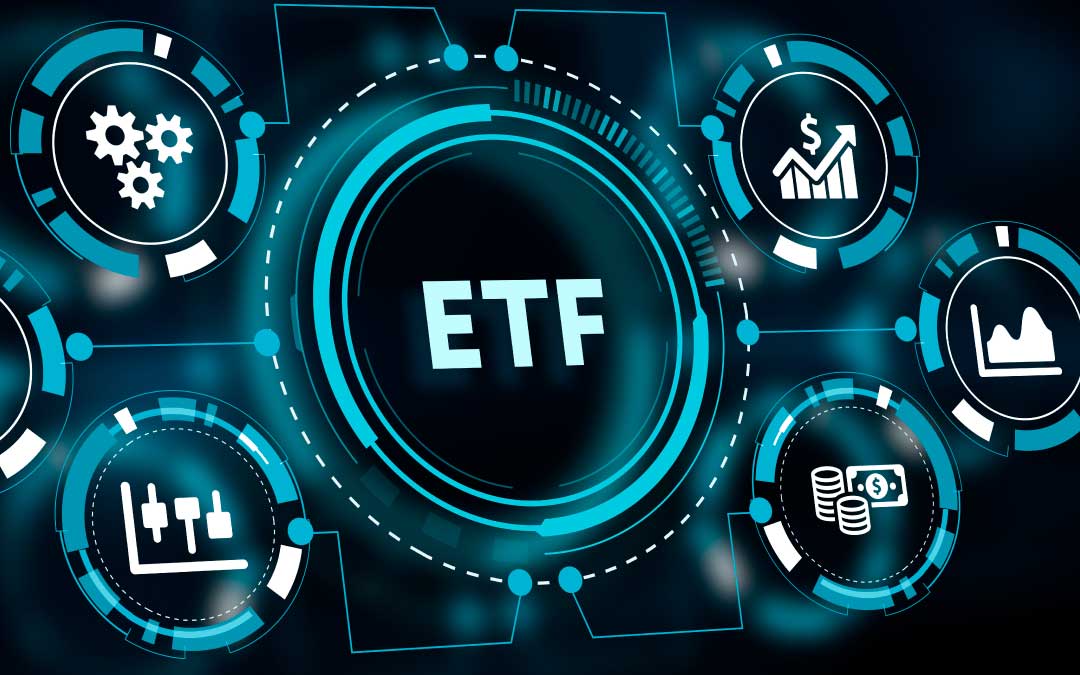Exchange Traded Funds (ETFs) are a popular way of investing, particularly in the stock market. They offer investors access to asset classes, such as stocks, bonds, and commodities, through one simple, low-cost investment. In Singapore, ETFs have become increasingly popular with retail and professional investors over the past decade.
Here we look at things you should know about trading ETFs in Singapore.
What is an ETF?
An ETF is a type of investment vehicle that tracks an index or a basket of assets. It’s similar to a mutual fund, but unlike the latter, you can trade ETFs throughout the day.
The main difference between an ETF and a traditional stock is that you don’t have to buy 100 shares at once; instead, it allows investors to purchase small amounts at any time during market hours. This makes them more liquid than regular stocks because there are no minimum requirements when buying or selling them (unlike some mutual funds).
Additionally, since their inception in 1989 by State Street Global Advisors (SSGA), they’ve become increasingly popular among retail investors due to their low fees compared with mutual funds–some charge less than half as much!
Advantages of investing in ETFs
The primary benefit of investing in an Exchange Traded Fund is that it provides diversification across a range of assets for a relatively low cost. Moreover, the structure of an ETF means that its performance is usually closely linked to the performance of the underlying assets. Investors can gain from a broad range of asset classes without purchasing individual securities. Furthermore, ETFs offer greater liquidity than other forms of investment as they are traded on an exchange during market hours and can be bought or sold quickly at any time.
Tax implications
When investing in ETFs, it is crucial to be aware of their various tax implications in Singapore. In general, ETF dividend income is subject to income tax rates of up to 20%, while capital gains from selling an ETF may also be liable for taxation, depending on how long you have held the fund. There may also be additional taxes or levies depending on the ETF product.
Regulatory framework
The Monetary Authority of Singapore (MAS) is responsible for formulating and implementing the regulatory framework governing ETFs in Singapore. Specifically, the Securities and Futures Act (SFA) provides the legal basis for all regulated financial products, including ETFs. This law also sets out requirements that must be met by financial institutions wishing to offer ETFs to investors, such as disclosure obligations concerning fees and other information related to a particular fund. Investors should therefore ensure they have read through any relevant documentation before investing in an ETF.
Variety of products
In Singapore, there are now numerous types of ETFs available on the market that cater to different investment objectives and strategies. These include broad-based equity ETFs, which provide exposure to the performance of various stocks across different sectors, and fixed-income ETFs, which seek to track the returns of bonds and other debt instruments. There are also more specialised products, such as leveraged ETFs, which use leverage to magnify returns (and losses).
Fees and expenses
When investing in an ETF, investors should know that there are fees and expenses associated with holding the fund, such as management and legal fees. Additionally, some funds may charge brokerage fees or transaction costs whenever you buy or sell shares in them. Therefore, it is essential to read through all relevant documentation carefully before investing in an ETF to understand any potential costs associated with your investment.
Exchange-Traded Notes (ETNs)
Another critical thing to note about ETFs is that, in Singapore, Exchange Traded Notes (ETNs) are sometimes also referred to as ETFs. ETNs are debt instruments that track the performance of an index or basket of assets but do not hold the underlying securities like ETFs. These instruments can be subject to different risks compared to traditional ETFs, and investors should ensure they understand the difference before investing in either product.
Index tracking
ETFs, seek to track a particular index, such as the Straits Times Index (STI) or the MSCI World Index. When selecting an ETF, it is vital to remember that the index performance may not always reflect the performance of the ETF due to tracking errors, which occur when a fund deviates from its benchmark index.
Additionally, some ETFs may also incur additional costs, such as portfolio management fees or swap costs which can further reduce returns and should be factored into any decision to invest in an ETF.
ETFs are low-cost investments
Unlike mutual funds, which have management fees that can reach 2% per year and more, ETFs have much lower expense ratios. This means that when you buy an ETF or sell it later on, you’ll pay less in trading commissions (or “transaction costs”). The average ETF expense ratio is just 0.3%. That may not sound like much compared to the 2% fee on some mutual funds but over time those tiny percentages add up!
ETFs are liquid investments
Liquidity refers to how quickly an asset can be bought or sold without affecting its market value too much. With an illiquid investment like real estate or gold bullion, there might not always be enough buyers at any given time so your ability to sell could be limited by what people are willing to pay for it right now–and if there aren’t enough buyers today then their willingness will likely drop even further tomorrow because they know there won’t be any new ones coming along tomorrow either! However with something like stocks where there are millions of people trading every day around the world then there’s always going to be someone willing
Investment strategy
In ETF trading, it is essential to have an investment strategy in place before making any purchases. This strategy should outline your objectives, risk tolerance and timeframes for achieving these goals. It should also consider whether you want to build wealth over the long term or generate short-term gains. An appropriate asset allocation must also be considered, as well as the impact of leverage if you plan to use it.
With that said
ETFs provide investors with a cost-effective way to gain exposure to the performance of indices, stocks, and other assets. However, before investing in any ETF, it is essential to understand all the associated costs and potential risks.
Additionally, an appropriate investment strategy should be formulated and followed to maximise returns while managing risk appropriately. By following these steps, investors can use ETFs to help diversify their portfolios and pursue their investment goals more effectively.






